Tag: Fukushima
-
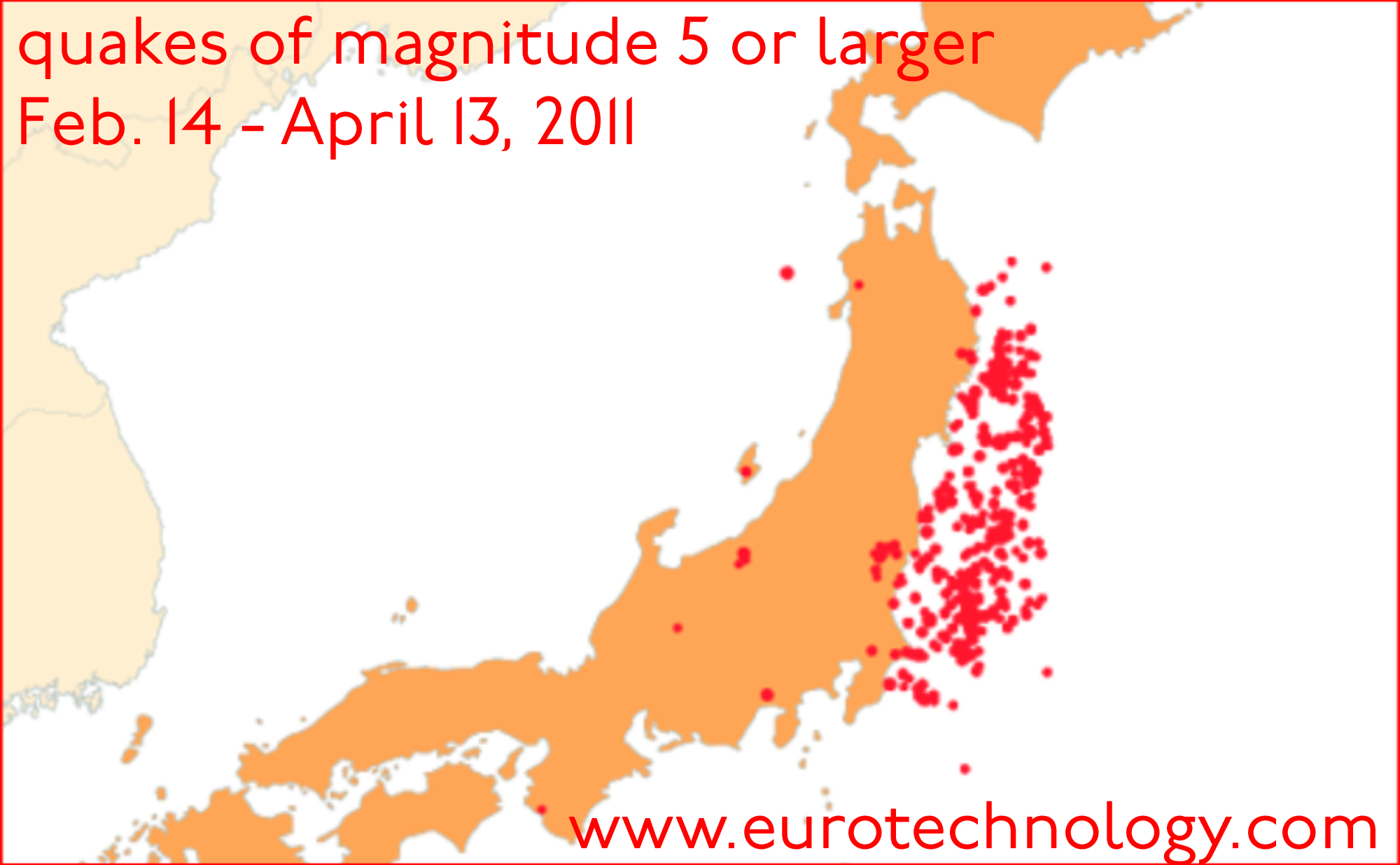
Tohoku disaster 6 years: March 11, 2011 14:46:24
6 years and many lessons learnt since the Tohoku earth quake and Tsunami and Fukushima-Dai-Ichi nuclear disasters Tohoku disaster and Fukushima nuclear disaster lead to Japan’s energy market liberalization Tohoku disaster: On Friday March 11, 2011 at 14:46:24, the magnitude 9.0 “Great East Japan earthquake” caused a tsunami, reaching up to 40.4 meters high inland…
-

Fukushima nuclear disaster: 5 years since the Tohoku earthquake and tsunami on 2011/3/11 at 14:46:24
5 years and many lessons learnt since the Tohoku and Fukushima disasters Tohoku disaster and Fukushima nuclear disaster lead to Japan’s energy market liberalization Tohoku disaster: On Friday March 11, 2011 at 14:46:24, the magnitude 9.0 “Great East Japan earthquake” caused a tsunami, reaching up to 40.4 meters high inland in Tohoku. Japan’s National Police…
-
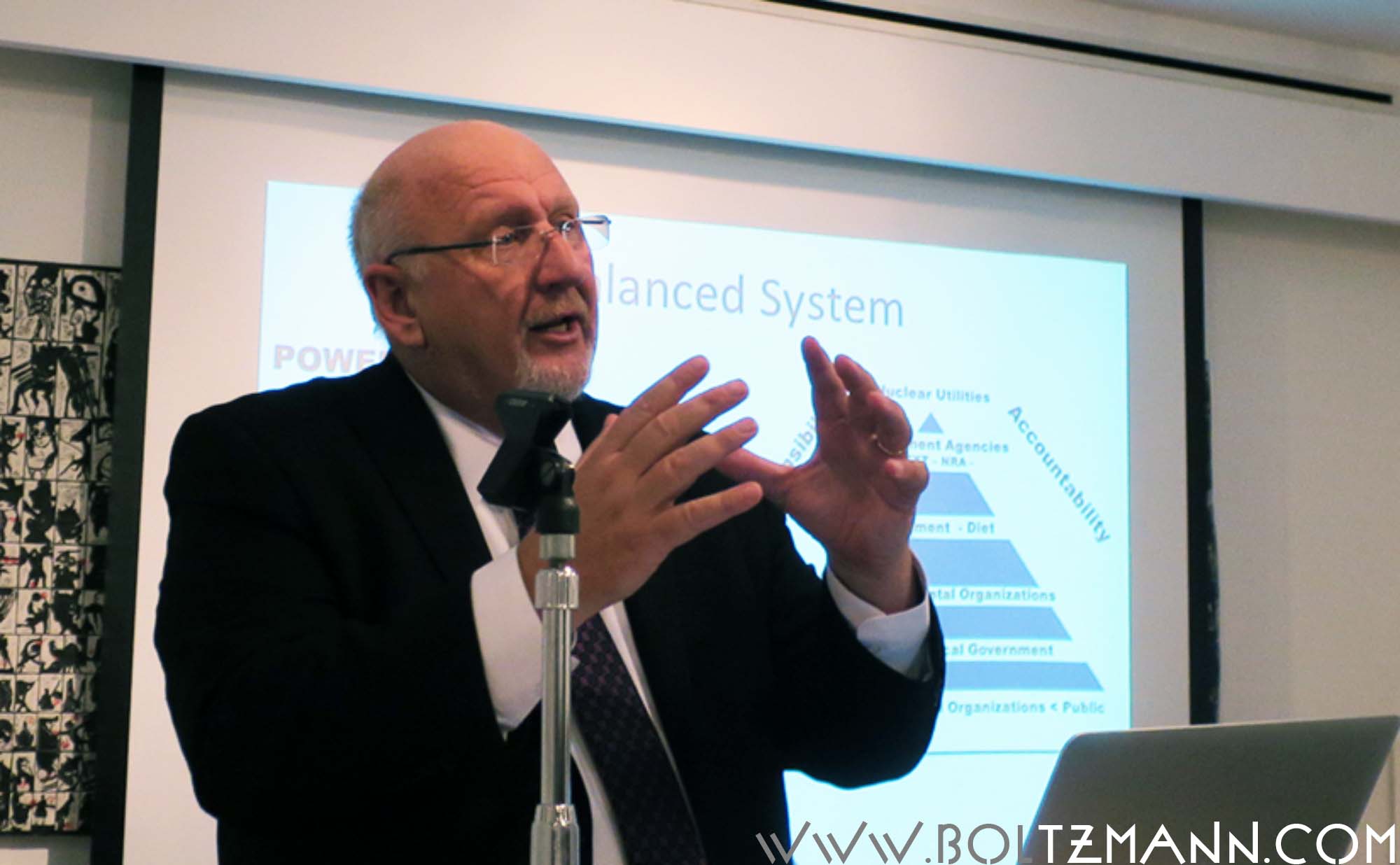
Crisis leadership post-Fukushima: Dr. Chuck Casto
Global leadership in the extreme Dr Chuck Casto: Leader of the US Integrated Government and NRC efforts in Japan during the Fukushima nuclear accident in 2011 I don’t think that there is anyone with deeper insight into the Fukushima-Dai-Ichi nuclear disaster, its management, causes and consequences, than Dr. Chuck Casto. Dr Casto arrived in Japan…
-
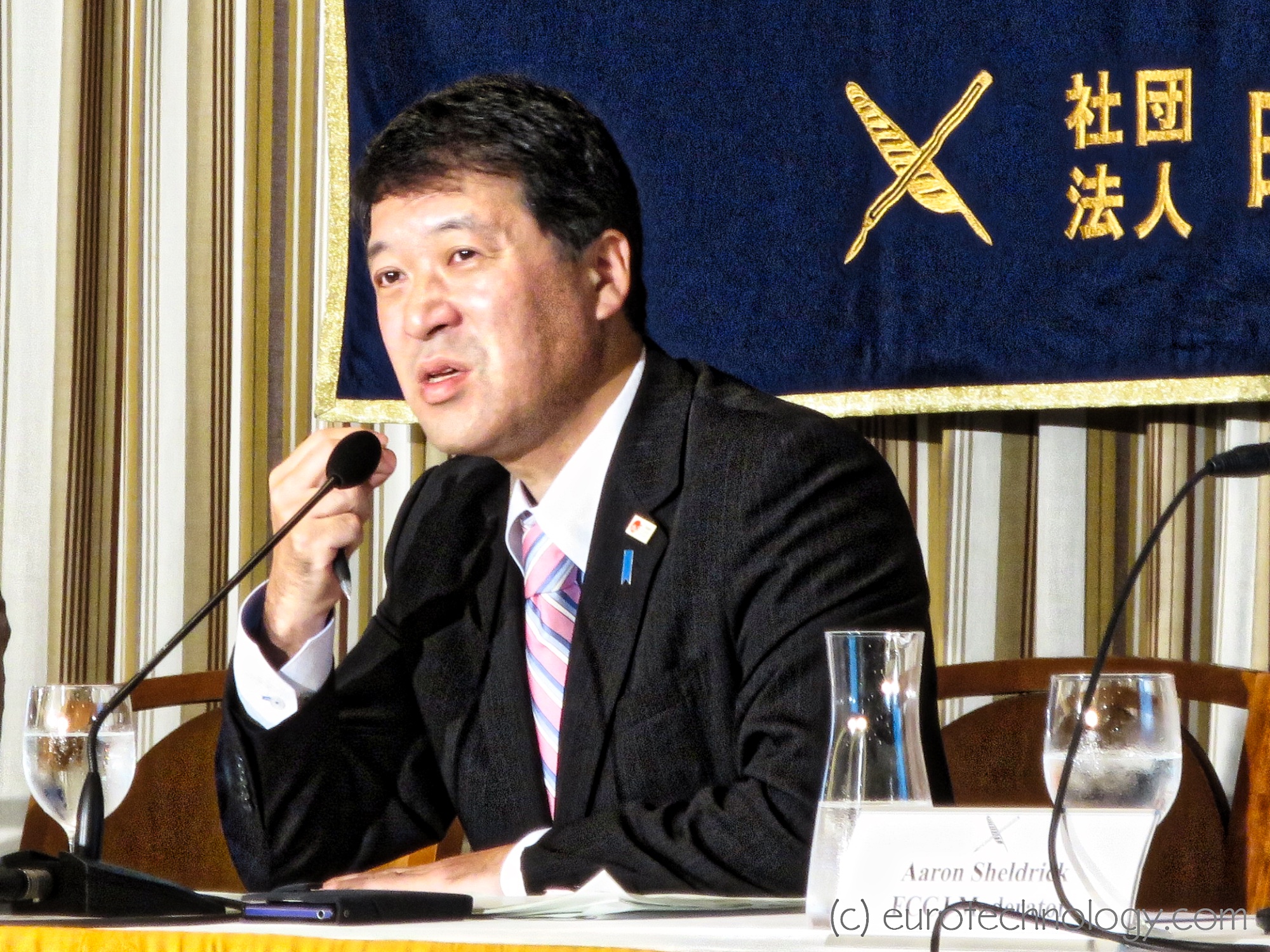
Nuclear safety – Niigata Governor Hirohiko Izumida
“Japan needs to prepare fourth level and fifth level defense-in-depth to nuclear accidents” Record, summary and commentary by Gerhard Fasol Governor Hirohiko Izumida: “Nuclear power operating companies should have their headquarters at the nuclear power plant in order to immediately take responsibility and respond.” Governor Hirohiko Izumida (泉田裕彦) is elected by the 2.3 million people…
-
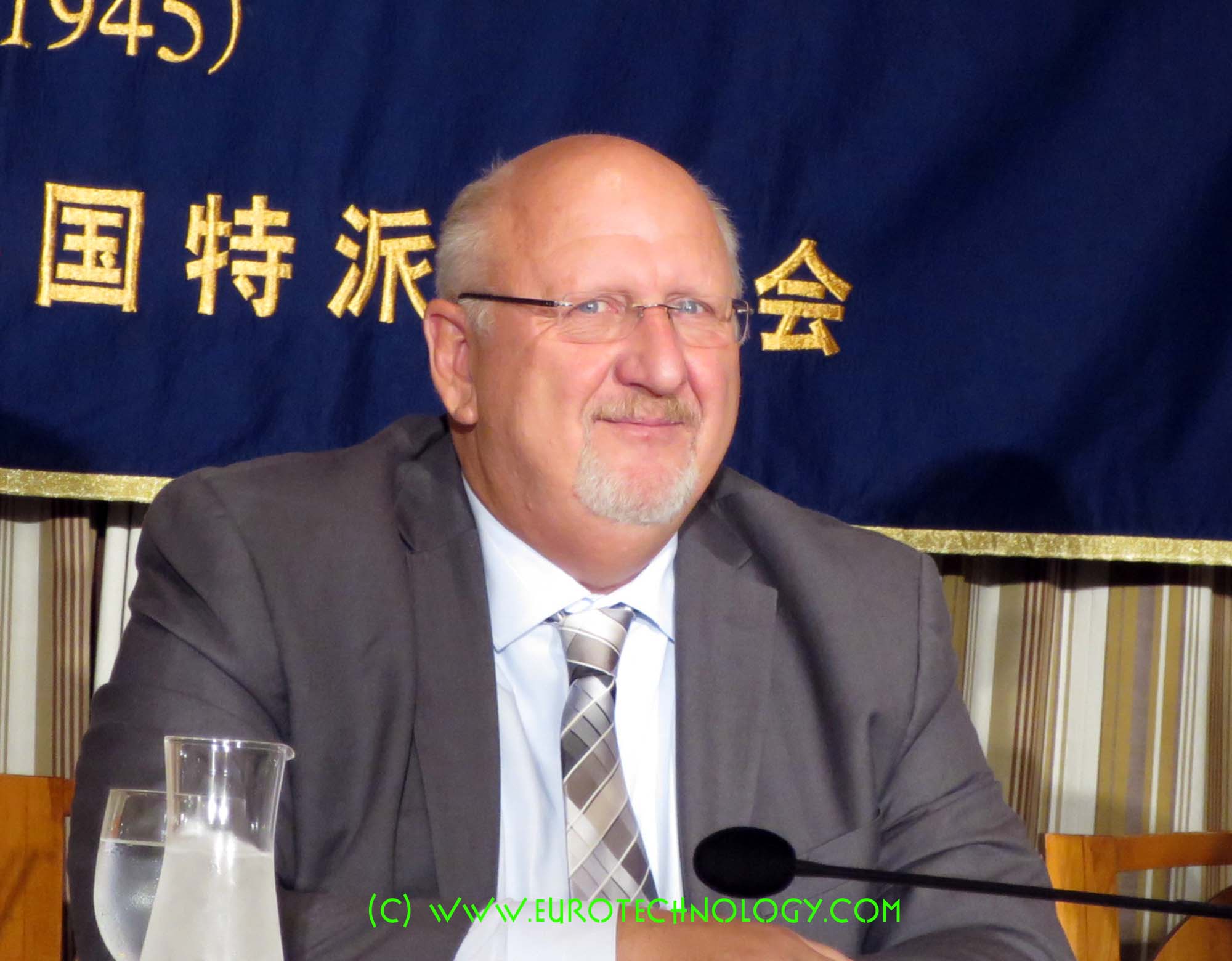
Japan nuclear safety – Dr. Charles “Chuck” Casto’s view and lessons learnt
Dr Charles Casto: the Fukushima disaster changed my life. We cannot let this happen again anywhere in the world. Dr Charles “Chuck” Casto: leader of the US Government response to the Fukushima Dai Ichi Nuclear disaster When President Obama expanded the Operation Tomodachi to include the nuclear disaster, Dr. Charles Casto was selected to lead…
-
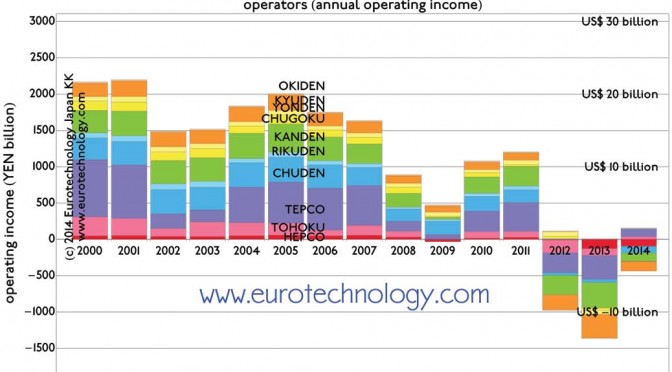
Japan electricity sector disruption – new business models and deregulation overdue
Japan electricity regional operators’ income peaked about 10 years ago Japanese electricity companies’ business models face massive disruption by technology innovation and the Fukushima nuclear accident With the annual general shareholder meetings completed and financial results published, we have analyzed the financial results of Japan’s 10 regional electric power companies (plus several other Japanese electricity…
-
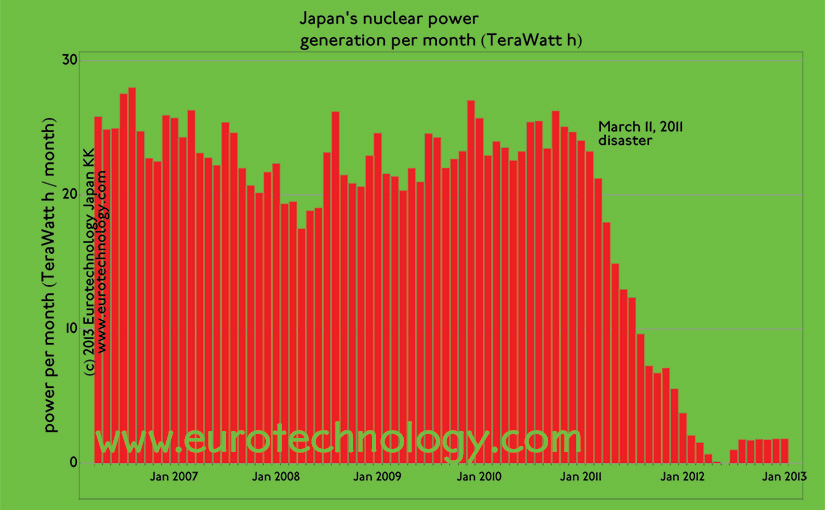
What will happen with Japan’s nuclear power stations?
by Gerhard Fasol Watch The Economist interview on Japan’s energy policy. Read our report on Japan’s energy sector, and our report on Renewable energy in Japan. Many times, often several times a day, I get asked about what will happen with Japan’s nuclear power stations – today alone twice. So here is the answer I…
-
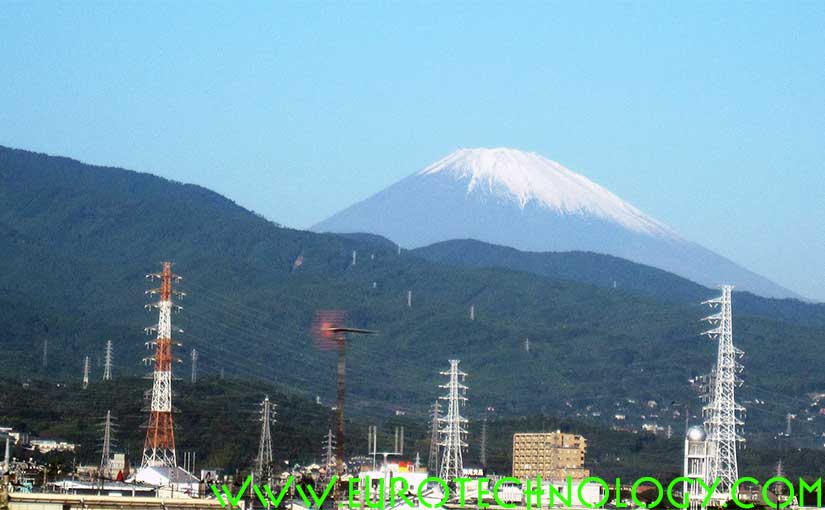
Japan energy mix: Keeping the lights on in Japan – deregulation, new and renewable energy
Japan energy mix, smart grid, electricity deregulation – briefing by The Economist Corporate Network Economist Corporate Network held a breakfast briefing today April 24, 2014 for about 50 Japan-CEOs and executives. Shigeki (Sean) Miwa, General Manager of SoftBank’s CEO Office, and Representative Director & CEO of Bloom Energy Japan KK, and EVP of SB Energy…
-
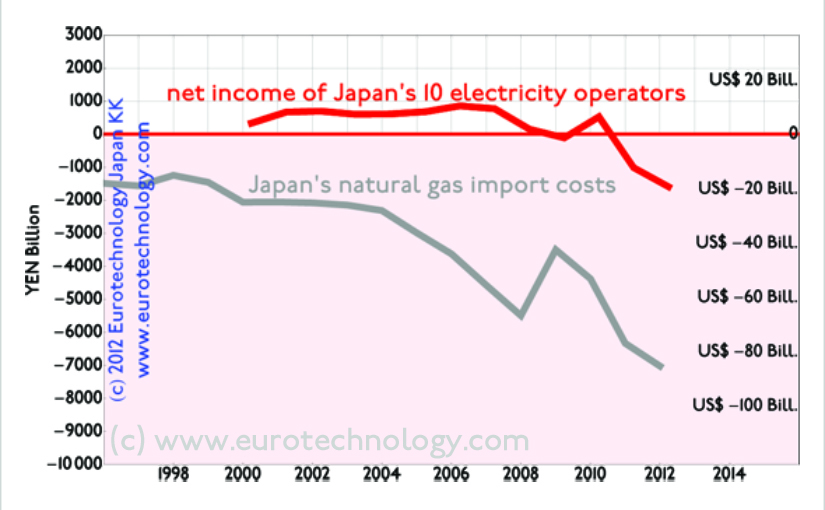
Financial instability of Japan’s electricity companies started in 2007
Financial instability of Japan’s electricity companies started long before the Fukushima nuclear accident Japan’s electricity companies ran into financial instability long before the March 11, 2011 disaster It is often assumed that the financial difficulties of Japan’s electricity companies are caused by the shut-down of almost all Japanese nuclear power stations within 13 months of…
-
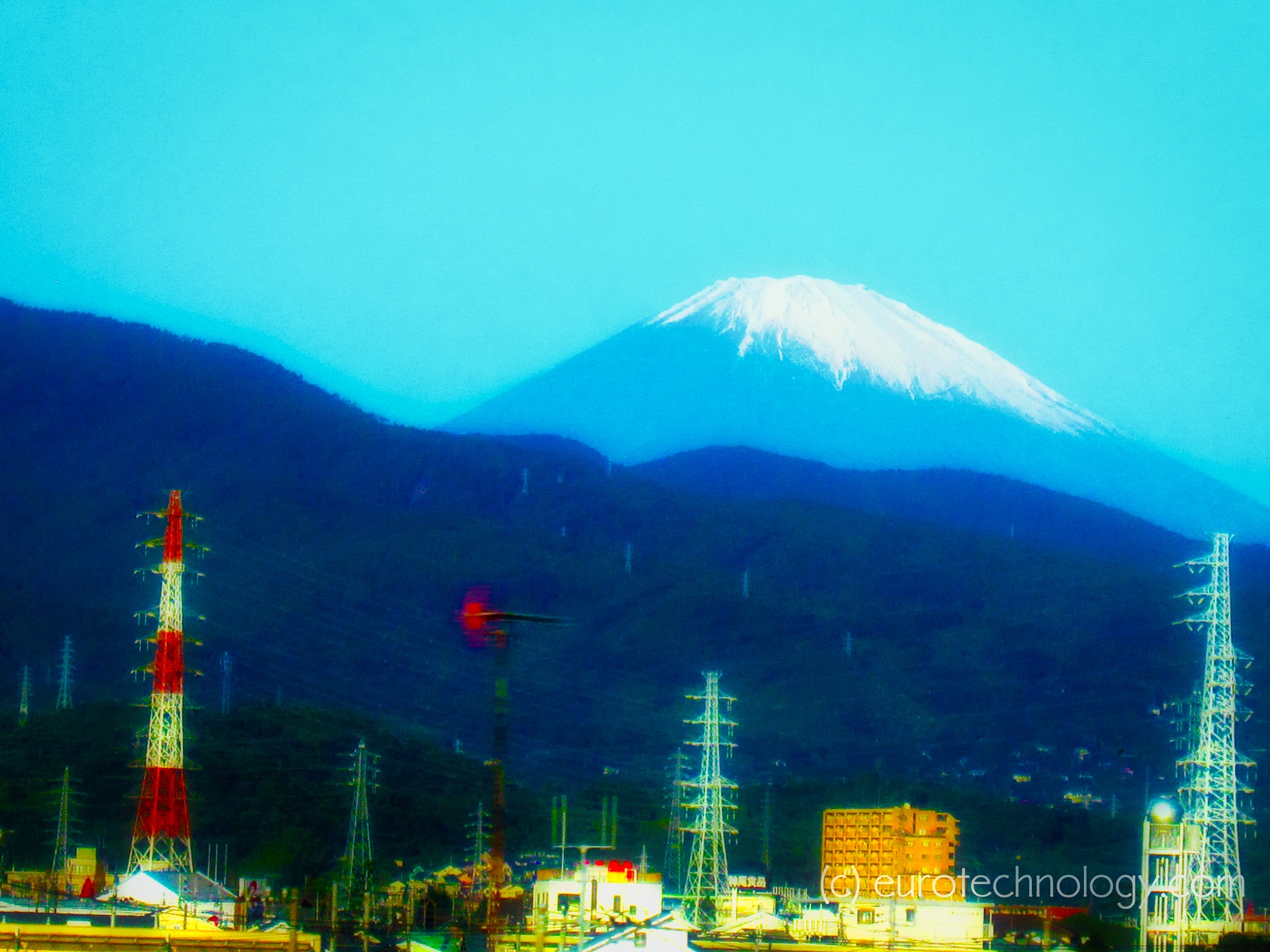
Japan’s energy foxtrot: Two steps forward one step back
Two steps forward one step back: describes a frog struggling to climb out of a well, slipping back one step on the ladder for each two steps upwards out of the well Before the Fukushima disaster, Japan’s energy policy, strategy and execution were essentially decided behind closed doors by a small group of (about 100)…
-
![Fukushima disaster impact on Tokyo [5]: Radiation risk situation for Tokyo, Business risk impact](https://www.eurotechnology.com/b/wp-content/uploads/2011/04/quakes_map_825_510.jpg)
Fukushima disaster impact on Tokyo [5]: Radiation risk situation for Tokyo, Business risk impact
5th update on the crisis in Tokyo, focusing on radiation and business impact Fukushima nuclear accident impact on Tokyo, 12 April 2011 This is our 5th update on the crisis in Tokyo, focusing mainly on the radiation and impact on business in Japan. The continuing quakes (as shown below) do present risk. To my knowledge,…
-
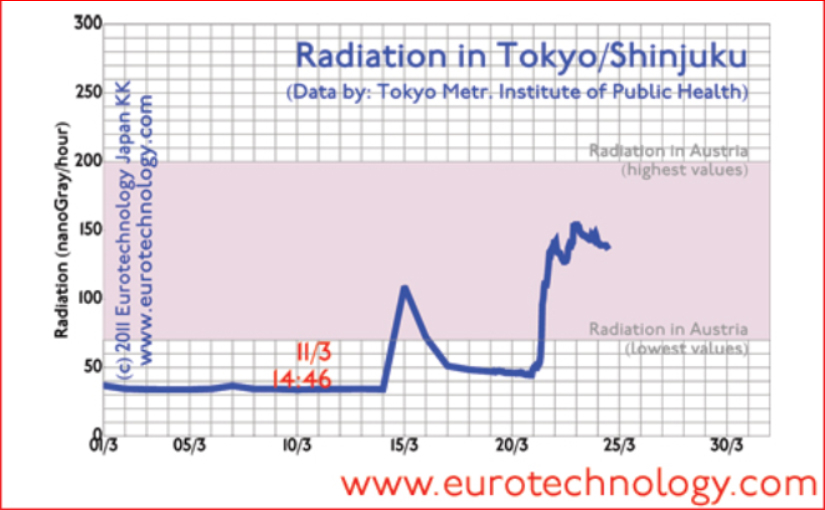
Fukushima disaster impact on Tokyo – Update No. 3
Radiation fall-out on Tokyo 3rd update of 24 March 2011 This is our third update on the crisis situation in Tokyo, focusing mainly on the radiation risk, and impact on business in Japan. Strong after-quakes are still continuing everyday, more than 300 after-quakes stronger than magnitude 5 were counted since the initial magnitude 9 quake…
-
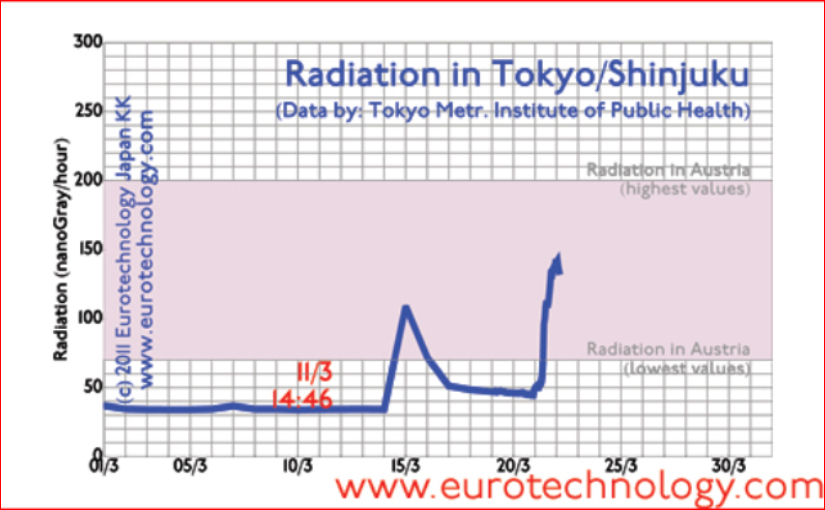
Radiation in Tokyo: Fukushima disaster update No. 2
Radiation in Tokyo due to the Fukushima nuclear disaster Our second update of the radiation and disaster situation in Tokyo, as of 22 March 2011 Suffering caused by the Friday March 11, 14:46 earthquake in Japan continues, but we see hope and reconstruction. Tomorrow the new high-speed train line north of the disaster zone is…
-
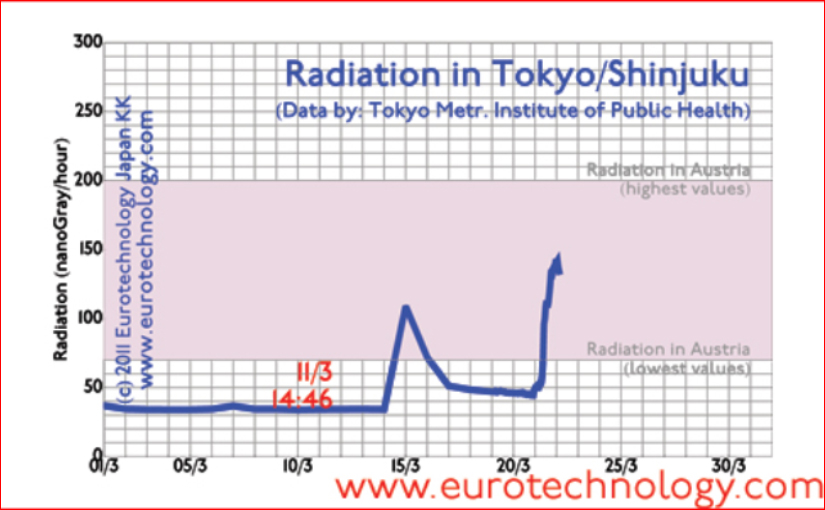
Understanding radiation in Tokyo: Japan crisis update No. 1
Understanding radiation in Tokyo as a consequence of the Fukushima nuclear disaster Sources of radiation information and analysis as of 18 March 2011 On Friday March 11, at 14:46 one of the world’s largest earthquakes ever happened close to Japan’s coast near Fukushima, triggering a series of disasters which are still ongoing, and which brought…